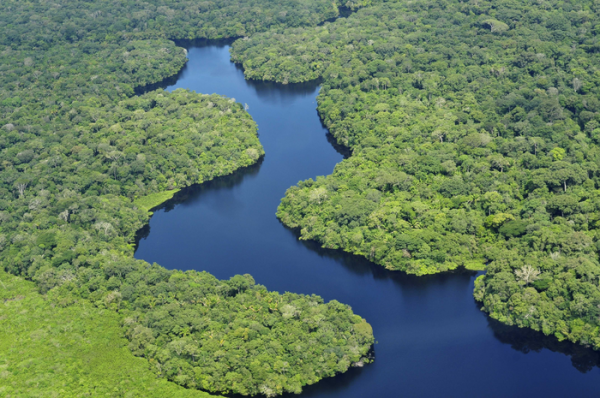Ponds, lakes, rivers and streams cover only a tiny fraction of Earth's surface, yet they are home to a comparatively large number of different species, according to a study led by University of Arizona ecologists. The findings have implications for conservation efforts around the globe.
While much research has focused on the striking differences in biodiversity between tropical and temperate regions, another, equally dramatic, pattern has gone largely unstudied: the differences in species richness among Earth's three major habitat types – land, oceans and freshwater.
A new study led by ecologists at the University of Arizona reveals the origins of diverse animal and plant species richness in terrestrial, ocean and freshwater habitats at a global scale. It also explores the possible causes of these richness patterns.
Published in the journal Ecology Letters, the study was led by Cristian Román-Palacios, an assistant professor in the UArizona School of Information in the College of Social and Behavioral Sciences, and John J. Wiens, a professor in UArizona Department of Ecology and Evolutionary Biology in the College of Science. It was co-authored by Daniela Moraga-López, a doctoral student at Pontificia Universidad Católica in Santiago, Chile.
Read more at: University of Arizona
One of the world's longest rivers, the Amazon is known for its exceptional biodiversity. Contrary to conventional wisdom, which has associated species richness mostly with tropical regions, UArizona ecologists found that freshwater habitats in general tend to boast high biodiversity considering their tiny area compared to terrestrial and ocean habitats. (Photo Credit: Neil Palmer/CIAT Wikimedia Commons)


